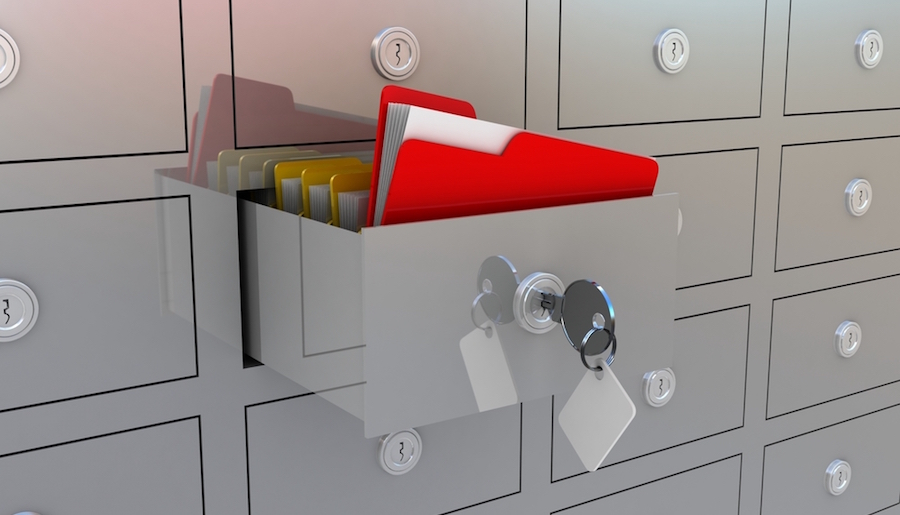
Don’t Risk Your Business’ Security with File Cabinets
A recent incident at the New York Times perfectly showcases the dangers of maintaining paper records with no backup when a pipe burst in the sub-basement housing the paper’s vast photo archives. Were it not for the quick work of a news assistant, the entire photo catalog containing decades of historic photography would have been lost.
While disaster was averted this time, this incident is a perfect example of the importance of digitization and backup of critical data. Most businesses have vital, confidential or proprietary information stored only as paper documents. Even if you’ve moved over to digitization for all of your important documents, it’s likely that important legacy records from before you made the switch are sitting in a filing cabinet somewhere. Your paper documents are putting your information at risk. They cost you money and real estate to store, and they’re slowing down your business.
Paper Records Are Fragile
It doesn’t require a ton of thought to imagine how your paper documents could be compromised. Fire, theft, misfiling, flooding or any number of natural or human factors can render your paper records useless. True, these same issues could happen at a data storage facility where your digitized records are stored, but chances are your physical files have no backup, redundantly stored in an offsite location.
Why is this important; older documents don’t matter, right? It might not seem like a catastrophic loss, unless you someday need these records to meet compliance standards.
Even if you’re not in an industry that is heavily regulated, there are plenty of scenarios where loss of records can put you at significant risk. Tax records and litigation from a disgruntled client or employee may hinge on those records being found. It’s your responsibility to maintain those documents. The “dog ate my homework” isn’t applicable when it comes to Sarbanes-Oxley compliance.
Take a Proactive/Retroactive Approach!
Technology has made digitization a relatively painless process. You can outsource and have conversions done for you if you don’t have the time or manpower to do it yourself.
Digitization not only protects you from the issues above, it can speed up workflow, improve collaboration, and provide easier access to vital information. Having files stored digitally makes them available to remote workers and employees in offices across town, or across the country. Using data analytics allows you to review legacy documents for long-term trends. The easiest way to move forward once you’ve digitized your legacy records is to implement systems that digitize information as it’s received, or use digital workflows to begin with. Transitioning paper heavy processes can improve record integrity, ease search and save time for end users. Modern scanners and multifunction printers offer tight integration with cloud storage making the process seamless.
Digitization can mitigate risk, increase efficiency and provide savings by reducing paper costs, eliminating storage expenses and freeing up office space for better use.




